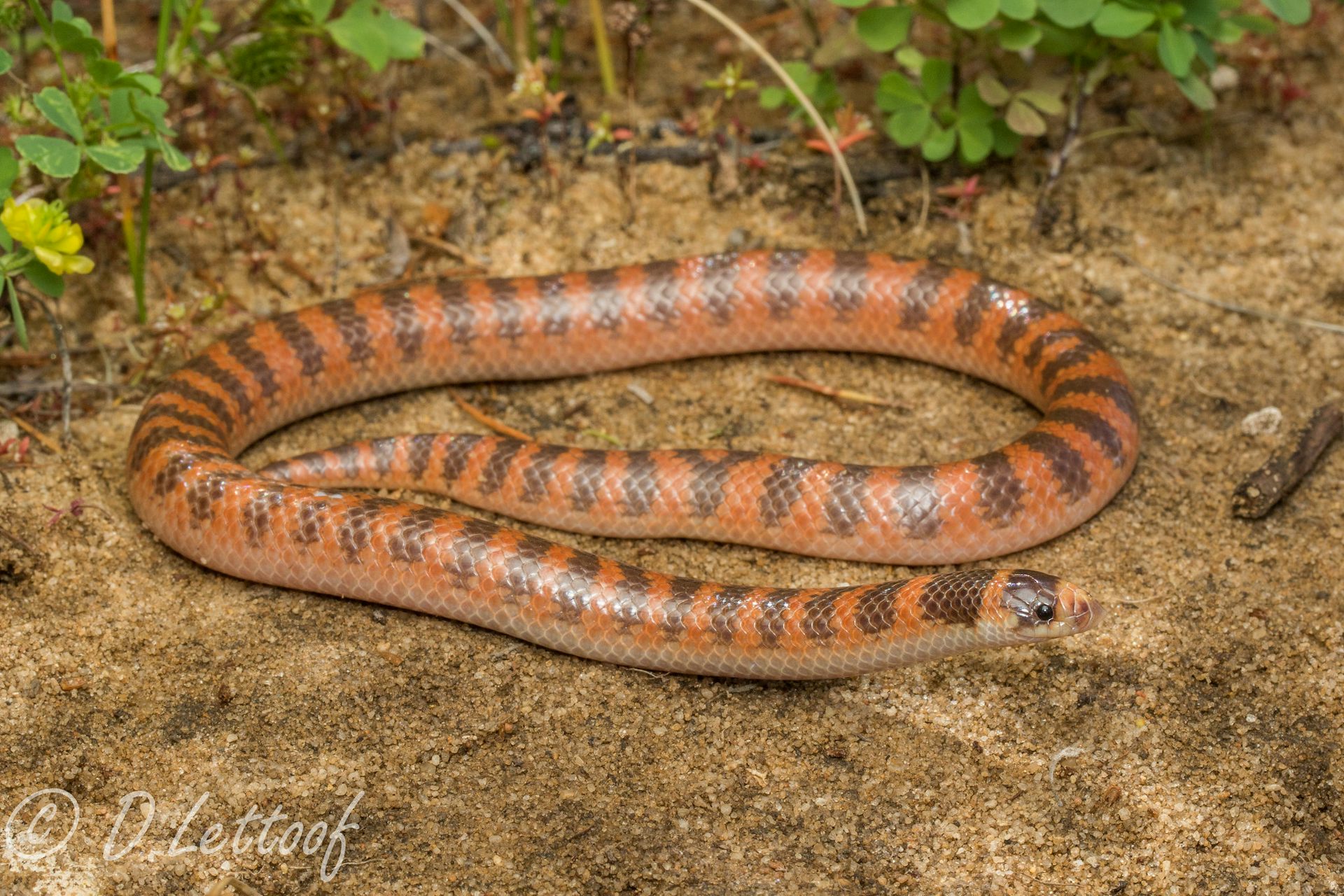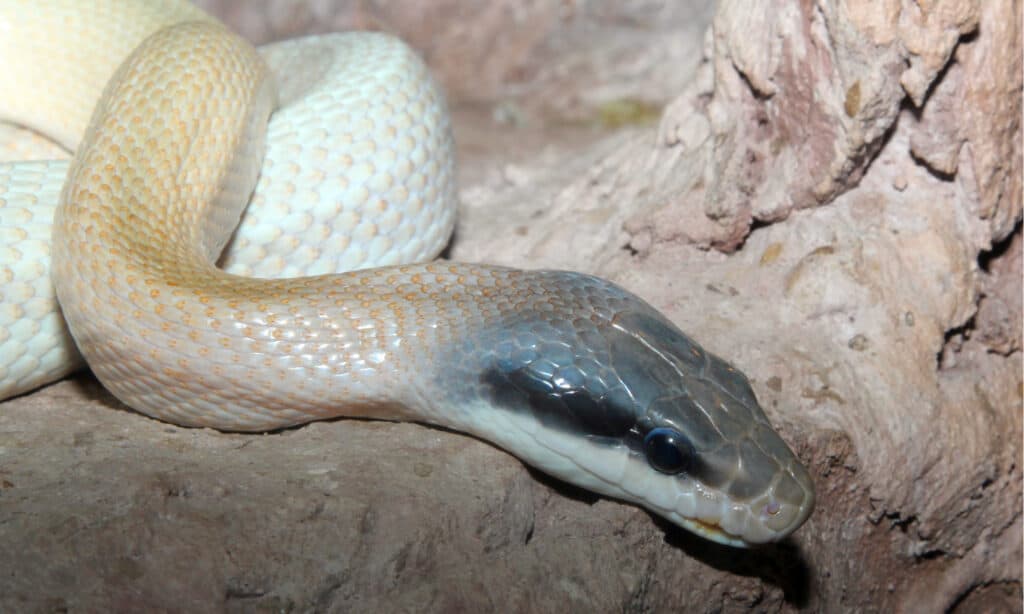Introduction

When it concerns the interesting world of snakes, few varieties capture the creativity quite like the infant tiger snake. Understood for their distinctive coloration and potent venom, these snakes are an essential component of Australia's distinct environment. In this thorough article, we will explore different facets of child tiger serpents, including their actions, environment, and exactly how to safely engage with them. Whether you're a wild animals fanatic or simply curious concerning these animals, recognizing infant tiger snakes can help cultivate a much deeper recognition for nature.
Baby Tiger Snakes: What You Required to Find Out About Their Behavior and Habitat
What Are Child Tiger Snakes?
Baby tiger snakes are juvenile forms of the extremely poisonous species understood scientifically as Notechis scutatus These snakes are primarily located in seaside areas of Australia, especially in Tasmania and southerly Victoria. As they grow, their pigmentation modifications from a more low-key combination to the characteristic yellow and black bands that give them their name.
One significant aspect of child tiger serpents is their dimension; hatchlings typically determine around 25-30 centimeters in size. Despite their tiny stature, they possess a shocking amount of poison that can be detrimental to humans if bitten.
Physical Characteristics
Tiger serpents possess several crucial physical characteristics:
- Coloration: The unique banding pattern commonly becomes a lot more noticable as they mature. Size: Grownups can get to sizes of approximately 2 meters. Body Shape: They have a robust body that assists in swimming and earthbound movement.
Where Do Child Tiger Snakes Live? Understanding Their Habitat
Understanding the environment preferences of child tiger snakes is vital for both preservation efforts and public security. These serpents prosper in various atmospheres:
- Wetlands: Marshes and swamps supply enough hunting grounds. Coastal Regions: Often located near beaches where they can quest for prey. Woodlands: Thick plants supplies cover from predators.
Geographical Distribution
Tiger serpents are primarily found along Australia's southern coast, including:
- Tasmania: Home to among one of the most notorious populations. Victoria: Specifically in areas near water bodies.
Are Tiger Snakes Venomous? A Deep Study Their Venom
One usual question emerges when going over child tiger serpents: "Are tiger serpents venomous?" The response is a resounding yes!
Venom Composition
The poison of tiger snakes consists of neurotoxins that can trigger paralysis, coagulopathy (blood clot concerns), and possibly fatality if neglected. Below's what you need to know:
- Effects on Humans: An attack from a tiger snake can result in signs and symptoms like swelling, pain at the bite website, nausea, and even respiratory failure.
Comparison with Various other Venomous Snakes
In comparison to other Australian serpents such as the eastern brown snake or king brown serpent, tiger serpent venom is thought about amongst the most potent. Nonetheless, fatalities are rare due to enhanced clinical therapies and access to antivenom.

Behavioral Patterns of Infant Tiger Snakes
Understanding just how infant tiger snakes act is important for those who stay in or visit locations where these reptiles are prevalent.
Nocturnal Habits
Most infant tiger snakes display nocturnal habits. They have a tendency to forage for food during cooler night temperature levels. This versatility aids them prevent killers while boosting their searching efficiency.
Hunting Techniques
Their searching techniques consist of:
- Ambush Predation: Waiting stationary till prey comes close. Active Foraging: Actively moving via plant life or along rivers searching for food.
First Aid for Snake Bites: What You Ought to Know
Despite being remarkable creatures, experiences with infant tiger serpents can lead to dangerous circumstances if bites occur. Understanding first aid treatments can save lives.
Immediate Tips After a Bite
Remain calmness; panic enhances heart rate. Immobilize the influenced arm or leg making use of a splint or bandage. Seek instant medical attention-- antivenom might be necessary.Creating a Serpent Bite Emergency Treatment Kit
A well-prepared emergency treatment set must consist of:
|Product|Function|| ------------------------------|--------------------------------------|| Compression bandage|To immobilize the limb|| Splint|Maintains damaged bones or joints|| Antihistamines|Alleviates allergic reactions|| Emergency situation call numbers|Quick access throughout emergency situations|
Common Misconceptions About Tiger Snakes Debunked
Many misconceptions border these intriguing reptiles; let's clarify some misunderstandings typically held by Safety and Prevention people.
Myth # 1: All Tiger Snakes Are Aggressive
While some individuals may exhibit defensive behaviors when endangered, not all tiger snakes display screen aggression in the direction of humans unless provoked.
Myth # 2: Baby Tiger Snakes Are Much Less Hazardous Than Adults
This myth can not be better from the reality! Infant tiger serpents have nearly as much venom as adults about their size; therefore they pose significant dangers if bitten.
FAQs Concerning Child Tiger Snakes
What do child tiger snakes eat?- They mainly consume tiny creatures, birds, frogs, and fish.
- Look for slim bodies with pale banding patterns that come to be much more noticable as they mature.
- Yes! Birds of victim and larger reptiles may target them.
- Typically every few weeks as they proliferate throughout their early life stages.
- While some individuals do maintain them unlawfully without authorizations due to their hazardous nature; it's normally not recommended offered their venomous status.
- With timely medical treatment-- consisting of antivenom-- the survival price is high!
Conclusion
In summary, understanding child tiger snakes-- what they eat, where they live, just how they act-- can equip us with useful understanding about these impressive yet unsafe animals. The value of education surrounding first aid actions can not be overstated; knowing exactly how to react properly after a bite might conserve lives while promoting respect for our wriggling next-door neighbors within Australia's rich biodiversity range.

By valuing these serpents' duties within communities-- and recognizing possible hazards-- we advertise coexistence instead of fear-based responses toward each other's presence in nature's grand tapestry! Whether you're a serious hiker pondering your next journey or just curious regarding neighborhood wild animals experiences near home-- this guide acts as your trusted Poison Control reference point on the enigmatic globe occupied by our friends-- the spectacular baby tiger snake!